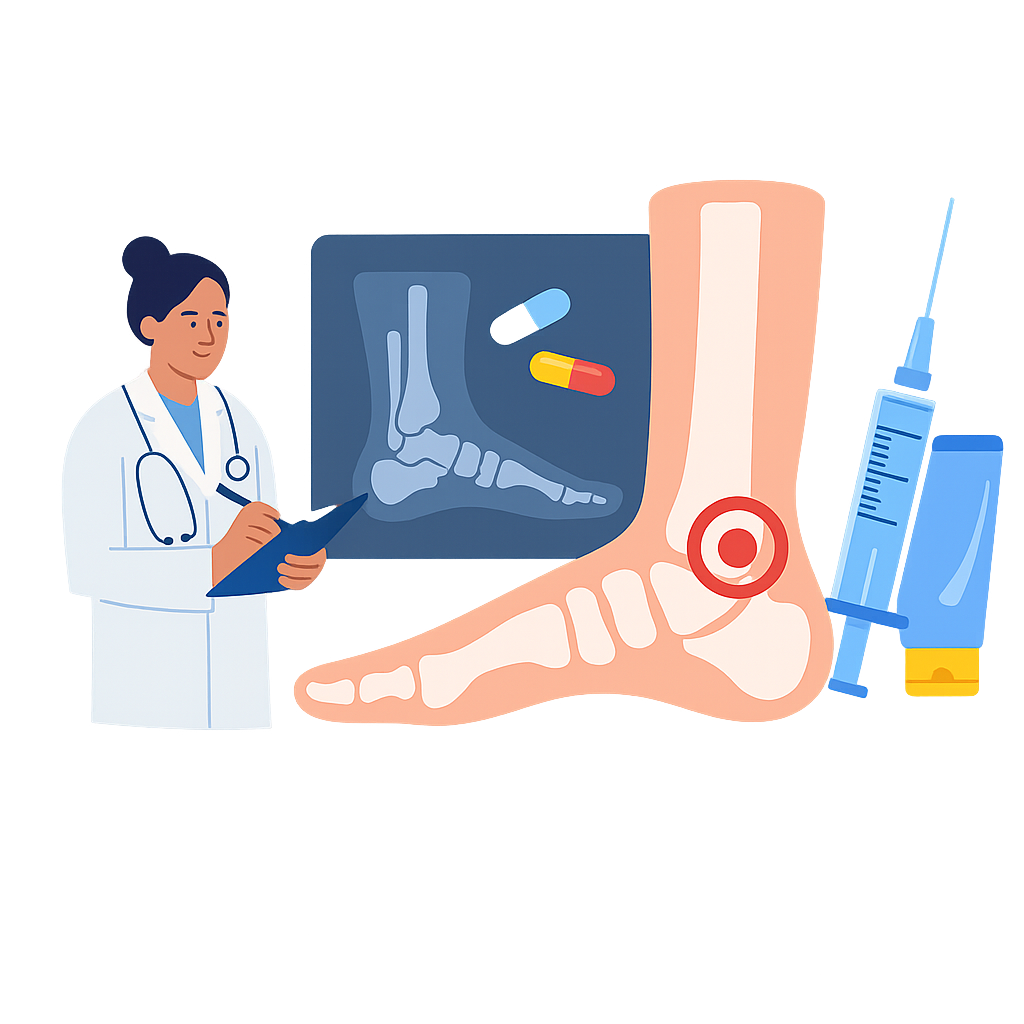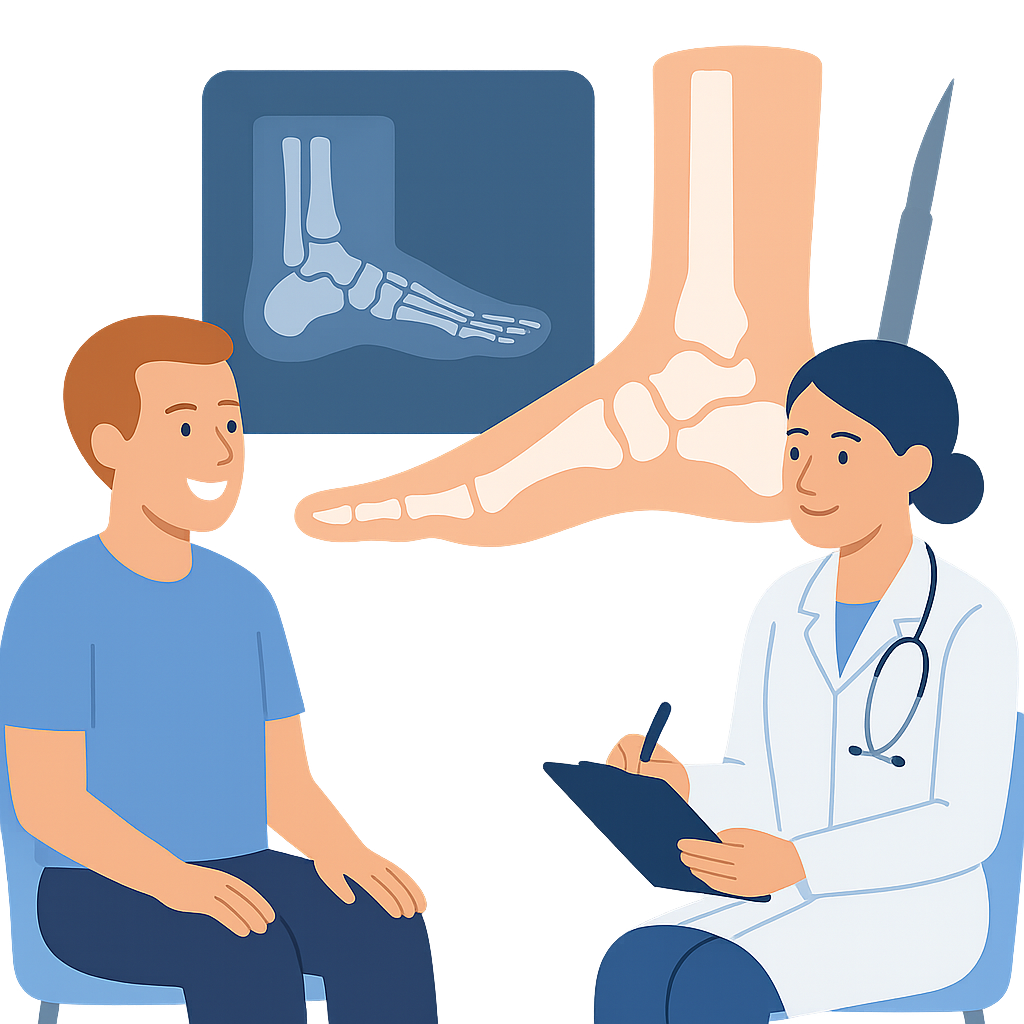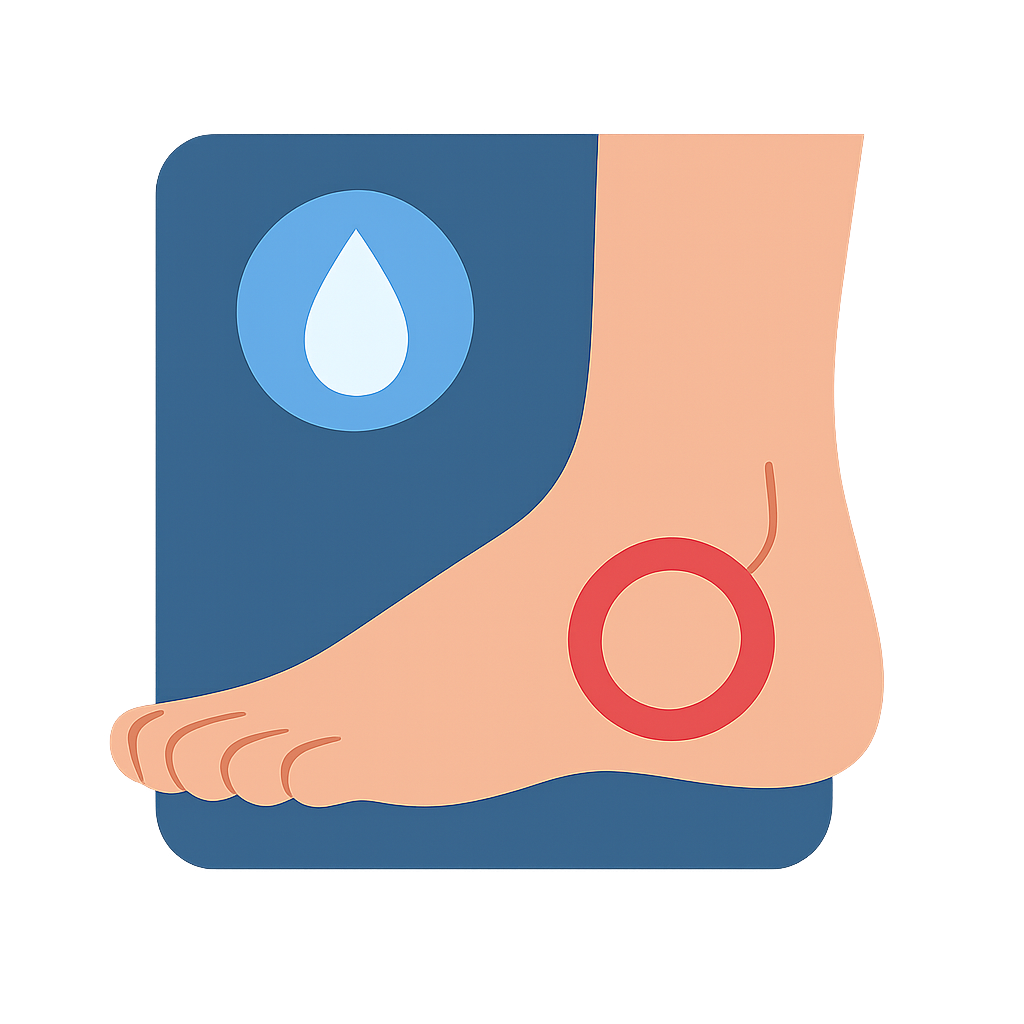Your Next Step Forward
Getting You Back On Your Feet And Helping You Create A Pain-Free World!
Complete Your Patient Formsor call now 239-260-7476


Dr. Adams, DPM
DPM, CWSP, FAFAS – Integrating Functional Health, Regenerative Medicine, and Advanced Wound Care
Dr. Adams is a podiatric physician and surgeon with extensive expertise in foot and ankle deformities, from simple to complex, and diabetic wound management.
She specializes in prevention, diagnosis, and treatment of disorders, delivering personalized, high‑quality care. A University of Florida graduate, she earned her Doctorate at Barry University School of Podiatric Medicine.
After graduation, she completed a three‑year reconstructive residency at JFK Medical Center and now serves as a Board‑Certified Wound Care Specialist at Physicians Regional Healogics.
Board‑Certified Wound Care
Integrating cutting‑edge healing technology.
FPMA President
Leading Collier County’s podiatric association.

Dr. Gabriela Hernandez, DPM
Bilingual Foot & Ankle Specialist | Surgical & Non‑Surgical Care
Dr. Gabriela Hernandez is a compassionate and highly skilled podiatric physician dedicated to restoring mobility and enhancing quality of life.
Born and raised in Miami, Florida, she is fluent in English and Spanish. She earned her Chemistry degree from Barry University and her Doctorate from Barry’s School of Podiatric Medicine.
Dr. Hernandez completed a three‑year surgical residency at Palmetto General Hospital as Chief Resident and is board‑qualified by the American Board of Foot and Ankle Surgery.
Board‑Qualified Surgeon
Certified by the American Board of Foot & Ankle Surgery.
Custom Orthotics & MI Care
Expert in orthotics, wound care & minimally invasive treatments.
Take the Next Step Toward Pain-Free Living
Discover what to expect when you walk through our doors: expert evaluation, compassionate care, and a personalized treatment plan designed to get you back on your feet—faster and stronger than ever before.
Step Into Comfort. Walk With Confidence.

Heel Pain
We treat chronic heel pain with proven therapies to get you back on your feet—fast.
Learn More
Foot & Ankle Surgery
From bunions to reconstructive procedures, we offer surgical solutions when conservative care isn’t enough.
Learn More
Diabetic Foot & Wound Care
Our advanced wound care program helps heal chronic wounds and prevent serious complications.
Learn MoreSave Time at Your Appointment
Complete your patient forms online in minutes—secure, easy, and convenient.
Fill Out Patient FormsWhat Our Patients Say
Real reviews from patients who found relief, comfort, and confidence under our care.
I am very pleased with my care at Adams Foot and Ankle. Everyone is so friendly and helpful. It is so good to be treated with professionalism and good foot care. Dr. Adams, as well as Nance, Charlotte, Krystina and Sheryl make me feel that I am in good hands and even make me smile while I’m there. They are the best. I am truly grateful for the exceptional care. A big thank you to all of you.
I have seen Dr. Adams for the past 5 years and I have always found her to be extremely competent, professional and accessible. I appreciate the excellent care I receive here, as well as her terrific staff.
Dr. Adams and her staff are fabulous. Not only are they super-caring, but Dr. Adams is a terrific podiatrist and really knows her medical procedures. My mom is 94 with dementia and the staff are so great with her. Our whole family loves coming to the Adams Foot & Ankle Practice.
Our Locations
Come visit us at:
1112 Goodlette Frank Rd. N., Ste. 202, Naples, FL 34102
3435 Pine Ridge Rd, Suite 102, Naples, FL 34109
Insurances We Accept
We work with a wide variety of plans to ensure you get the care you need.
Frequently Asked Questions
What causes heel pain?
Heel pain is most commonly caused by plantar fasciitis, which is inflammation of the tissue that runs along the bottom of your foot. Other causes can include Achilles tendinitis or a heel spur.
Do I need surgery for bunions?
Not always. Many bunions can be managed with orthotics, footwear changes, and physical therapy. Surgery is recommended when pain persists or limits daily activity.
How do I treat a sprained ankle?
Initial treatment includes rest, ice, compression, and elevation (RICE). Severe sprains may require a brace or physical therapy. It's important to consult with a podiatrist to assess the extent of injury.
What are the signs of a diabetic foot complication?
Warning signs include numbness, slow-healing wounds, redness, swelling, or drainage. Early treatment is crucial to prevent serious infections or amputations.
When should I see a foot and ankle specialist?
If you experience chronic foot pain, swelling, difficulty walking, or notice changes in your foot shape or skin color, it’s time to see a podiatrist for evaluation and treatment.